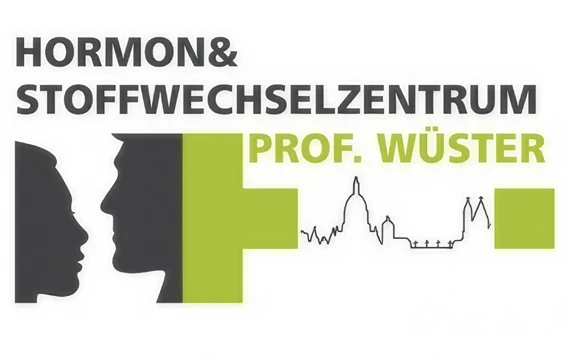Osteoporosis
When bone loss sets in
General information
The metabolic disease osteoporosis is widespread in people over 50 years of age (predominantly women). In this chronic bone disease, the relationship between bone formation, bone loss, bone density and bone quality is out of balance. The bones become porous and break quickly. Healthy people lose 0.5-1% bone mass per year of life. With osteoporosis, bone loss can be as high as 6%.
Possible causes and risk factors:
- Malnutrition and undernutrition
- Genetic predisposition
- Hormonal changes in old age
- Too little exercise
- Lack of vitamin D and calcium
- Drugs (e. g. cortisone)
- Alcohol and nicotine
- Frequent falls
- Estrogen deficiency, early menopause, removal of ovaries (women)
Forms of bone loss:
- Primary: primarily affects older women (due to altered hormone structure, among other factors)
- Secondary: in connection with other diseases (including type 1 diabetes, diseases of the thyroid gland or rheumatic diseases)
Affected persons often have a daily fear of a bone fracture and therefore move less. This can lead to pain. In addition, exercise is important to slow down the disease. The body acts according to the following logic: “What is not needed and used is superfluous and is broken down.” Accordingly, physical activity helps prevent osteoporosis.
Diagnostics and therapy
Bone densitometry (DXA), X-rays, and urine and blood tests are the main methods used. With the modern DXA method, bone density and fracture risk can be detected. The therapy consists of various complementary “building blocks”. Certain drugs can help to reduce bone loss and strengthen bone formation. The supply of vitamin D, calcium and protein is also very important. Regular exercise should also be taken care of. Click for audio
Fatigue fractures
Fatigue fractures can be caused by overloading and incorrect loading, congenital deformities, severe obesity, malnutrition and osteoporosis, among other things. Athletes are also often affected. Sharp pain, swelling and redness are the result. Fatigue fractures heal more poorly than “regular” fractures because the normal process of bone remodeling is regressive.
Other causes of fatigue fractures:
- Osteomalacia (demineralization of bone)
- Bone metabolic diseases
- Eating disorders
- Calcium metabolism disorders
- Vitamin D deficiency
- Vitamin D receptor defects
- Impaired food utilization
- Malignant bone diseases
These procedures help in the diagnosis:
- Conventional x-rays
- Magnetic resonance imaging (MRI)
- Computed tomography (detect fracture gap)
- Bone scintigraphy
- Determination of certain values (including calcium, phosphate, parathyroid hormone, vitamin D3 hormone)
- Observation of bone remodeling markers (osteocalcin, P1NP, CTX, alkaline phosphatase)
- Regular bone densitometry
Several medical specialties are involved in the treatment of fatigue fractures, including orthopedics, trauma surgery, osteology, radiology, and physical therapy. Psychotherapy may also be useful. However, pain management and relief of the affected area of the body are necessary first. Lymphatic drainage can help relieve pain. Bone-building medications may also be used.
Other rehabilitation measures:
- Optimize energy intake (enough protein, high-calorie diet)
- High-calorie nutrition for athletes after a competition
- Regular intake of minerals and vitamins (calcium, magnesium, vitamin K, vitamin D)
- Normalization of estrogen levels (for women with cycle disorders)
- Testosterone supplementation (for men with testosterone deficiency)
Important: The use of non-anabolic osteoporosis therapeutics (including bisphosphonates, denosumab) can lead to a deterioration of fracture healing!
Did you know? We offer a support group for osteoporosis patients! You can find the registration form in our download area.



